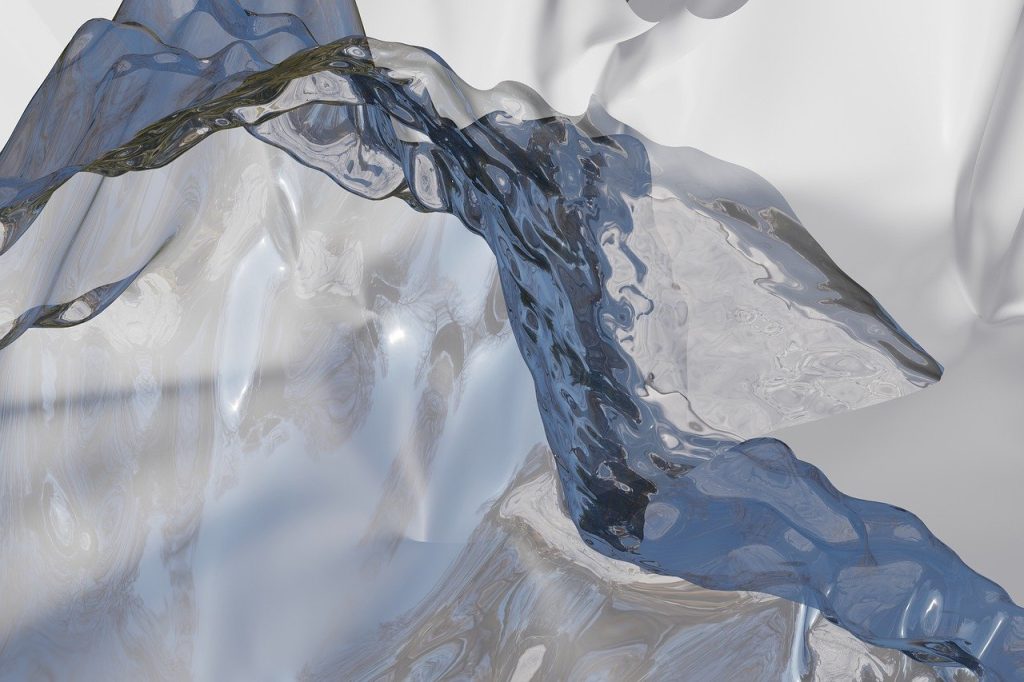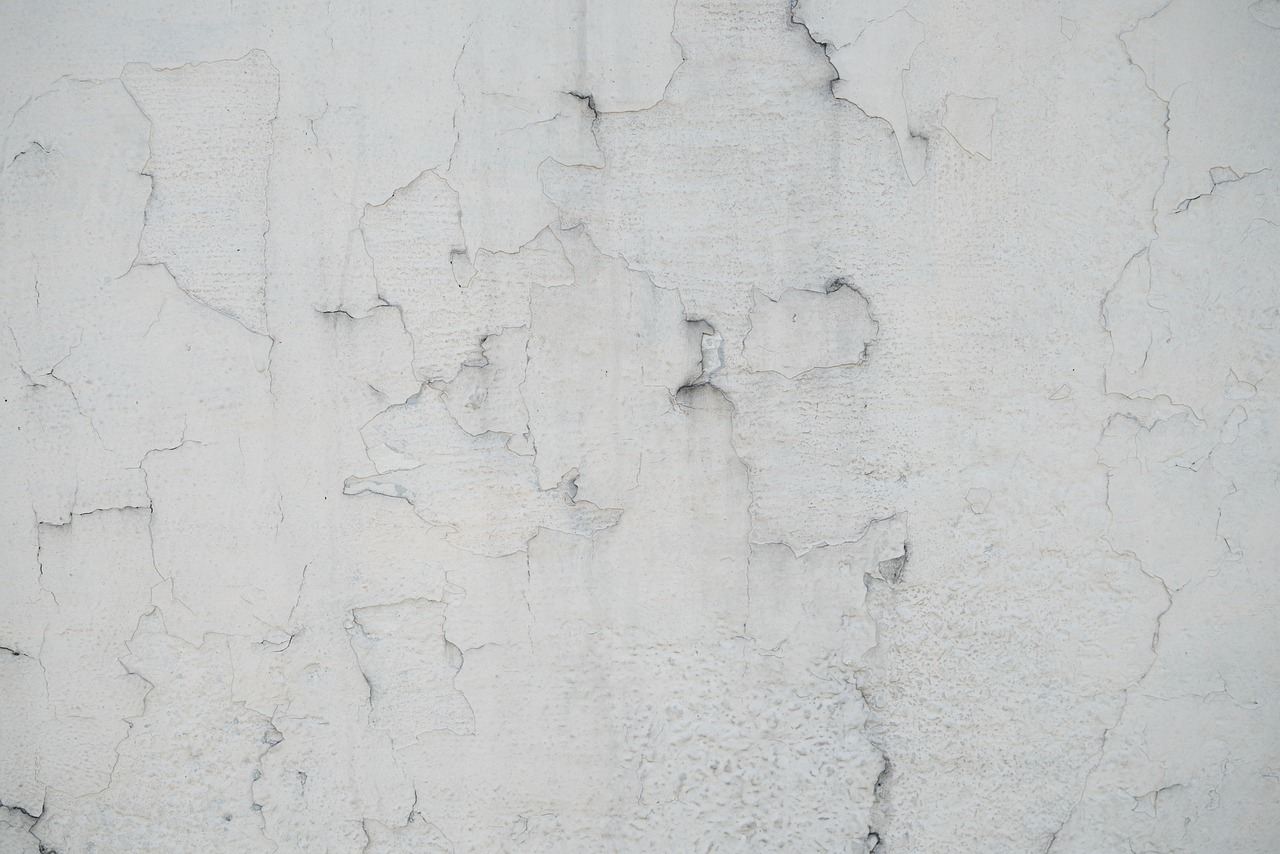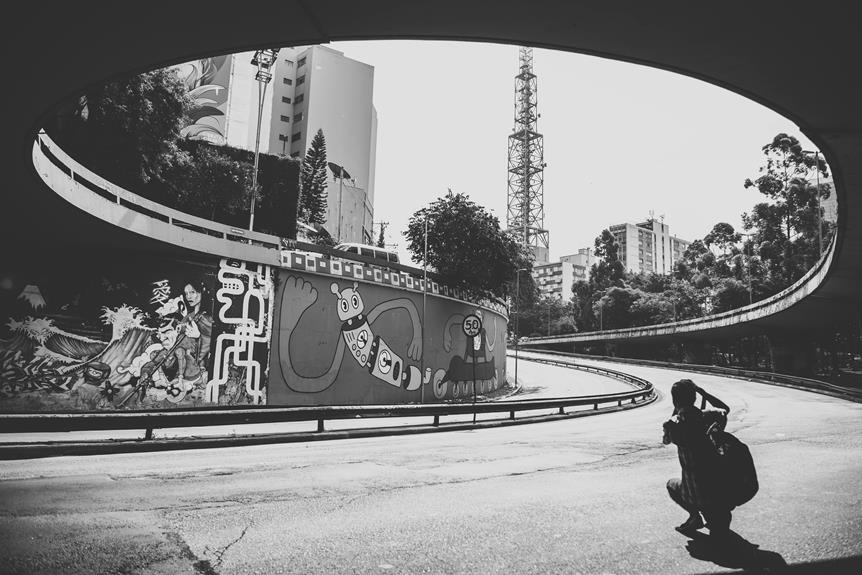3d Art

You’ll find that 3D art revolutionises visual storytelling with its blend of technical skill and creative ingenuity. Originating in the 1960s, it employs advanced techniques and tools like digital painting, vector graphics, and graphic tablets. Popular styles range from photorealism to surrealism and stylized forms. While digital art offers convenience and versatility, traditional art provides tangible depth. Mastering software such as Adobe Photoshop, Blender, and Maya is essential for modern applications in animation, gaming, and design. By exploring further, you’ll uncover the full potential and diverse applications of 3D art in contemporary media.
Key Points
- 3D art originated in the early 1960s with pioneers like Ivan Sutherland and technology advancements like Sketchpad.
- Popular 3D art styles include photorealism, abstract, surrealism, and stylized/cartoon genres.
- Digital tools like Blender and Maya are essential for creating professional 3D art.
- 3D art is widely used in animation, gaming, virtual reality, and product design.
- Both digital and traditional 3D art techniques offer unique advantages and contribute to modern artistic expressions.
History of 3D Art
In the early 1960s, the journey of 3D art began as pioneering artists started experimenting with computer-generated imagery. Leveraging the evolution of technology, Ivan Sutherland developed Sketchpad in 1963, which revolutionized the way artists approached digital creation.
This groundbreaking software set the stage for influential artists to push the boundaries of visual storytelling. By 1973, the film ‘Westworld‘ showcased the potential of 3D computer graphics in special effects, marking a significant milestone.
The gaming industry soon embraced this technology with titles like ‘Pong’ and ‘Space Invaders’, mesmerizing audiences and driving further innovation. Today, the legacy of these early experiments is evident across animation, architecture, virtual reality, and product design, illustrating the profound impact of these early visionaries.
Techniques and Tools
Building on the innovative spirit of early 3D art pioneers, modern artists harness sophisticated techniques and cutting-edge tools to craft stunning digital masterpieces.
You’ll find digital painting at the forefront, utilizing software like Adobe Photoshop and Procreate to create intricate illustrations.
Vector graphics, with their scalability and precision, are indispensable, especially in tools like Adobe Illustrator. Graphic tablets and stylus pens increase accuracy and control, making detailed artworks possible.
Techniques like layering, blending modes, and filters are essential for adding depth and realism. Color adjustments, texture overlays, and special effects further expand your creative possibilities.
These advanced methods and tools enable you to push the boundaries of digital art, blending technical proficiency with creative vision.
Popular 3D Art Styles
Exploring popular 3D art styles, you’ll encounter diverse genres like photorealism, abstract, surrealism, and stylized/cartoon, each offering unique avenues for creative expression and technical mastery.
Photorealism vs abstraction represents an important dichotomy. Photorealism aims to mimic real-life photographs, demanding high skill in rendering textures and lighting. In contrast, abstract 3D art prioritizes shapes, colors, and textures to evoke emotions and convey complex concepts.
Surrealism in 3D art merges dream-like elements with unexpected visuals, challenging your perception of reality and pushing creative boundaries. Stylized/cartoon 3D art simplifies forms and exaggerates features, crafting a distinctive, whimsical aesthetic often used in animation and games.
Each style requires a blend of technical proficiency and creative vision to truly excel.
Digital Vs. Traditional
When comparing digital and traditional 3D art, you’ll find that digital tools like graphics tablets and software offer unparalleled flexibility and editing capabilities, while traditional mediums like paint and canvas provide a tactile, hands-on experience. The pros and cons of each medium reflect their evolution and impact on the art industry. Digital art allows for quick edits, precise control, and easy sharing, revolutionizing how art is created and distributed. Traditional art, however, offers a unique charm through physical interaction and textural depth.
| Aspect | Digital Art | Traditional Art |
|---|---|---|
| Flexibility | High | Low |
| Editing | Effortless | Challenging |
| Distribution | Instant, Global | Limited to physical spaces |
Both mediums shape the artistic landscape in distinct, valuable ways.
Applications in Modern Media
Consistently, 3D art applications in contemporary media encompass a wide range of fields including animation production, storyboarding, character design, and background art. As industry trends evolve, career opportunities in 3D art expand, providing diverse roles in animation studios and creative agencies.
To remain competitive, you’ll need to focus on continuous skill development, mastering software tools like Blender and Maya, and refining your creative process.
Collaborating on customized projects and seeking partnerships can lead to flexible work arrangements and international recognition. By showcasing a diverse portfolio with award-winning projects and high-quality animation, you’ll attract positive client testimonials and bolster your career.
Embracing these opportunities guarantees you stay at the forefront of the modern media landscape.
Frequently Asked Questions
What Is D Art Animation?
You’ll find that D Art Animation excels in digital artistry and advanced animation techniques. Their team’s technical proficiency and creative vision guarantee high-quality, customized anime content, recognized internationally for its originality and genre diversity.
What Happened to D Arts?
You’ve seen a major digital transformation in the industry, leading to a creative evolution. Companies are increasingly integrating advanced technology and innovative design, reshaping how they operate and deliver bespoke, high-quality products to their customers.
What Is Piece D Art?
A piece d’art is a work of exceptional creative expression, showcasing technical proficiency and cultural significance. It spans various forms like paintings and sculptures, emphasizing the artist’s vision and craftsmanship, and holds a revered place in the art world.
What Is Art and D?
Art encompasses diverse cultural perspectives and artistic interpretations, reflecting human creativity and expression. D Art, or digital art, leverages technology to enhance traditional methods, offering innovative possibilities and expanding the boundaries of artistic vision and industry terminology.
Conclusion
You’ve journeyed through the rich history and diverse techniques of 3D art, witnessing its evolution and the tools that shape it.
Whether you’re captivated by digital landscapes or traditional sculptures, the creative possibilities are endless.
Balancing technical proficiency with creative vision, you’ve seen how 3D art transforms modern media, from film to gaming.
Embrace these insights and push the boundaries of your own projects, blending artistry with cutting-edge technology.
The future of 3D art is in your hands.
Author: Theodore Beaufort

